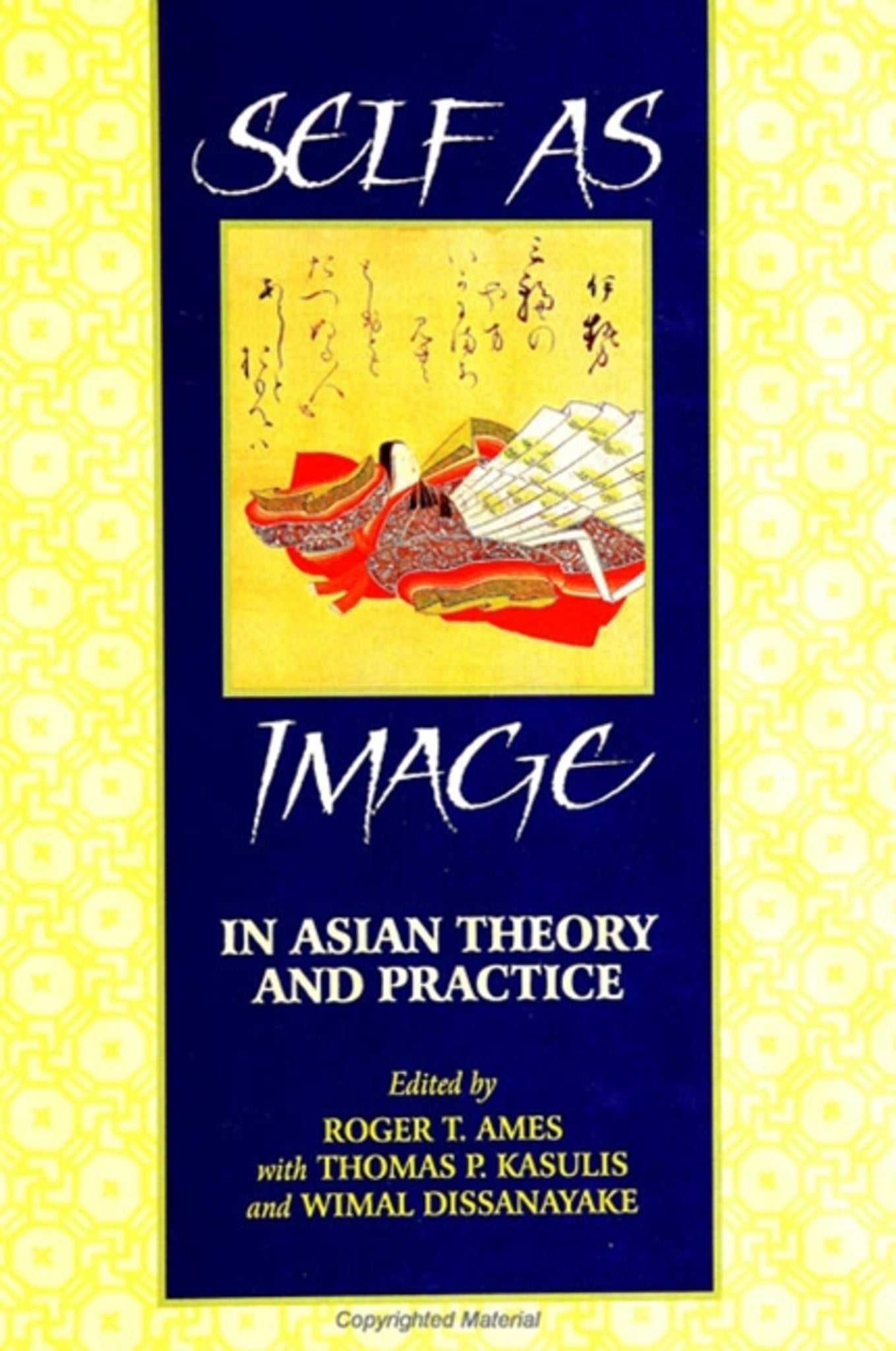We're sorry. An error has occurred
Please cancel or retry.
Self as Image in Asian Theory and Practice

Some error occured while loading the Quick View. Please close the Quick View and try reloading the page.
Couldn't load pickup availability
- Format:
-
14 May 1998

Explores, from a cross-cultural viewpoint and in terms of symbolic expression, the self's problematic relationship to language and art and to the culture embedding the language and art.
This is the third in a series dealing with the concept of self and its importance in understanding Chinese, Japanese, and Indian cultures. The authors examine the relationship between self and image and its significance in attaining a deeper knowledge of Chinese, Japanese, and Indian cultures.
The relationship between self and image is as complex as it is fascinating. It takes on different meanings and significances in diverse cultures. In this volume, the focus of attention is largely on representational practices and symbolic media, such as literature, cinema, art, and dance. By examining both classical and contemporary works associated with China, India, and Japan, the authors seek, on the one hand, to demonstrate the intricate relationship between self and image and, on the other, to make use of that relationship to further our understanding of these cultures.


"The topic is significant and the essays provide even greater insights when combined with their first two volumes. In particular, the work is so clear that I would have no hesitation using this book as an undergraduate text in a variety of courses. I believe that if new students of Asian philosophy studied these volumes focusing on the concept of self, then they would have a superb start in approaching a great variety of literature representative of each tradition. Once the implicit concept of self is made explicit, a new world is opened to the new interpreter of Asian literature, history, architecture, philosophy, religion, and language." — David Edward Shaner, Furman University
Editor's Preface
PART ONE: SOME PRELIMINARY OBSERVATIONS
Introduction to Part One
Wimal Dissanayake
1. Symbolic Expressions and the Self
Arthur C. Danto
PART TWO: SELF AS IMAGE IN CHINESE THEORY AND PRATICE
Introduction to Part Two
Roger T. Ames
2. Figures of Identity: Topoi and the Gendered Subject in Chinese Art
Stephen J. Goldberg
3. Construction and Insertion of the Self in Song and Yuan Painting
John Hay
4. Stylization and Invention: The Burden of Self-Expression in The Scholars
Martin W. Huang
5. Unseen Lives: The Emotions of Everyday Existence Mirrored in Chinese Popular Poetry of the Mid-Seventeenth to Mid-Nineteenth Century
Mark Elvin
6. The Self in Transition: Moral Dilemma in Modern Chinese Drama
Kwok-kan Tam and Terry Siu-han Yip
PART THREE: SELF AS IMAGE IN INDIAN THEORY AND PRACTICE
Introduction to Part Three
Wimal Dissanayake
7. Self as Image in the Natural Poetry of Kalidasa and Du Fu
Wimal Dissanayake
8. Late Colonial and Postcolonial Selves in Hindu and Marathi Poetry
Vinay Dharwadker
9. Communal Self and Cultural Imagery: The Katha Performance Tradition in South India
Gayathri Rajapur Kassebaum
10. Carving a Self: Feminist Consciousness, the Family, and the Socialization Process: A Study of Ashapurna Devi's Trilogy
Shivani Banerjee Chakravorty
11. Satyajit Ray's Secret Guide to Exquisite Murder: Creativity, Social Criticism, and the Partitioning of the Self
Ashis Nandy
PART FOUR: SELF AS IMAGE IN JAPANESE THEORY AND PRACTICE
Introduction to Part Four
Thomas P. Kasulis
12. "Impersonality" in Basho: Neo-Confucianism and Japanese Poetry
Arthur H. Thornhill III
13. Zen and Artistry
Thomas P. Kasulis
14. Perceptions of Self in Modern Japanese Literature: Two Adaptations of Classical Chinese Historiography
Nobuko Miyama Ochner
15. Analog, Figure, Avatar: Explorations of the Self in Modern Japanese Fiction
Lucy Lower
16. The Persistence of Self as Body and Personality in Japanese Buddhist Art
Willa Jane Tanabe
17. Art and the Construction of Self and Subject in Japan
Mara Miller
List of Contributors
Index



